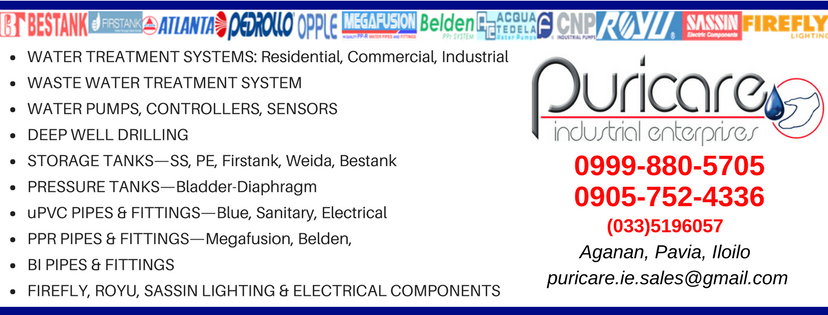...................................................................................................................................................................
What Are Mothballs? Are They Bad
For Your Health?
Kyler
Generally unpleasant, it’s sometimes described as “old
people smell”.
But the scent actually has less to do with the person
themselves, and more to do with what they’ve used on their clothes – mothballs.
So, what exactly are mothballs? Why do they smell that
way; should you use them; and, most importantly, are they safe?
Mothball Uses
Mothballs are used for what you probably think they’re
used for – moths.
Okay, so they’re actually used against moths as a
repellent.
But yeah, moths like to eat clothes, so our mothball
companions were the solution designed to make them go away.
You’re supposed to place the them into an airtight bag
or container along with your clothes. The keyword here is supposed.
Leaving things to air out, according to the mothball
companies, may reduce the efficacy of your mothballs.
What’s in a Mothball?
Given their smell, most of us are probably curious to
know just what kind of chemicals are inside of mothballs.
Mothballs are typically made with either naphthalene
or 1,4-dichlorobenzene, both of which are toxic to humans and pets.
While these chemicals are solid at room temperature,
and can be molded into mothballs, they will gradually change to gas over time,
emitting fumes into the air (and that’s where the mothball odor comes from).
Both naphthalene and 1,4-dichlorobenzene can cause
headaches, nausea, eye and nose irritation, and coughing.
Naphthalene is also a possible carcinogen, and can
cause more serious issues like hemolytic anemia.
How Bad Are Mothballs, Really?
We already mentioned some of the respiratory problems
that can come along from mothball fumes.
But even if you don’t plan on sniffing or eating
mothballs, you should know how these products work.
The compounds inside of a mothball sublimate – meaning
they go straight from solid to gas – by design.
So yes, the fumes that can make you ill are
intentionally released; that’s how mothballs are supposed to work.
In other words, it’s not the solid mothball that works
as a pest repellent, but these sublimating gases.
This means if you’re near mothballs, you’re inhaling
mothball gas. Wonderful!
And this all brings us to urinal cakes.
Once upon a time, urinal cakes were made with
naphthalene and 1,4-dichlorobenzene.
But they are not anymore, and do you know why? Because
of the same health hazards we just mentioned!
So in short, don’t use mothballs, because we literally
treat our pee better than that.
Maybe we should let the bugs in? Look at some here.
Kyler is a content writer at Sporcle. He currently spends
most of his time hitting the university grind while drinking black coffee like
water.


:max_bytes(150000):strip_icc():format(webp)/stainless-faucet-861414-6538e3a8d22c48b5ad9a05d3bcf0e2d2.jpg)
:max_bytes(150000):strip_icc():format(webp)/184828437-56a12f825f9b58b7d0bcdf9f.jpg)



